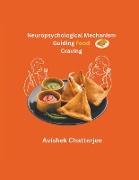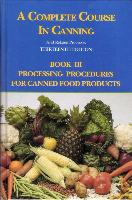- Start
- Neuropsychological Mechanism Guiding Food Craving
Neuropsychological Mechanism Guiding Food Craving
Angebote / Angebote:
Food craving can be de¿ned as "an intense desire to consume a particular food or food type that is dif¿cult to resist" (White et al. (2002), Weingarten and El- ston (1990)) and thus food craving has been identi¿ed as one possible precursor to overeating (Gendall et al. (1998)). The speci¿city of the food or type of food item differentiates between food craving and hunger since a particular food or type of food alleviates the craving, whereas hunger may be alleviated by any num- ber of foods (Pelchat and Schaefer (2000), Martin et al. (2006)). Few studies also conceptualized craving as a homeostatic function, which arises in response to a nutrient or caloric de¿cit (Pelchat and Schaefer (2000)). For example, a few case histories can be found in the literature that pointed out an association between physiological needs and food cravings (Olynyk et al. (1982), Wilkins and Richter (1940)). However, ¿ndings from previous studies have been mixed (Beauchamp et al. (1990)). Most studies ¿nd food cravings are very common events and are regularly experienced by the vast majority of people with and without eating dis- orders. In fact, studies found that college students without having any eating dis- orders reported experiences of state food cravings 9-13 times per week (Hooper et al. (2012), Kemps and Tiggemann (2013)). Craved food items are highly palat- able and energy-dense comprising of high fat and/or sugar content (Lafay et al. (2001)). For example, chocolate contains high fat and sugar which make it an in- nately palatable substance. Chocolate also has an especially attractive aroma and hence is easily identi¿able based only on its odor. For these reasons, the study of chocolate cravings received a considerable high degree of attention.
Folgt in ca. 10 Arbeitstagen




